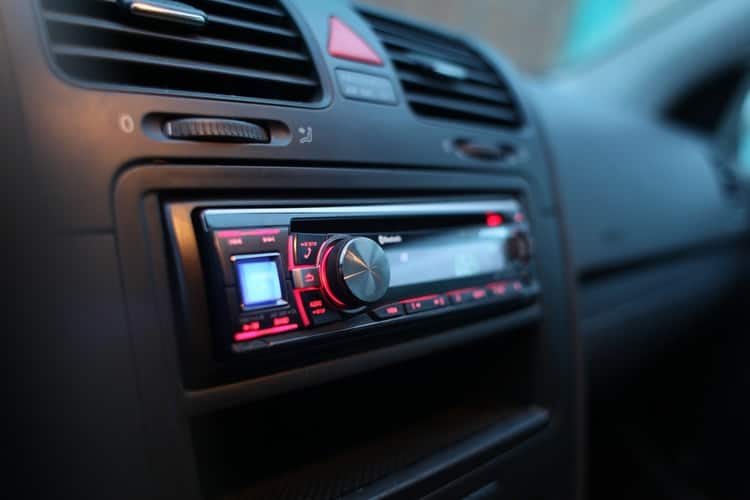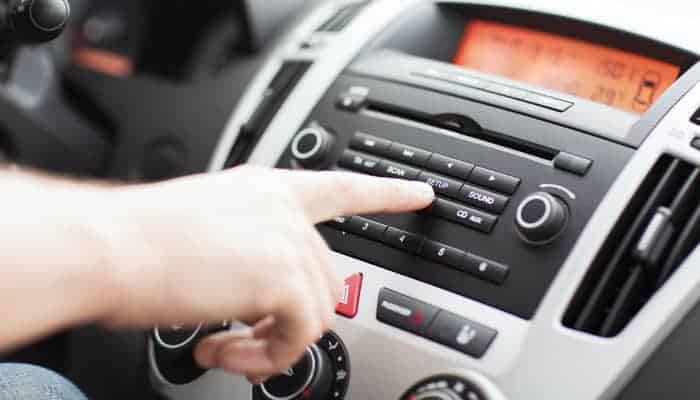The amplification process is essential to any audio system, such as radios, loudspeakers, and musical instruments. By enhancing the power of a signal, it determines the clarity and loudness of the sound you hear. A car amplifier or amp does the same thing.
Interested in learning more about amplifiers? Let’s move on to what does a car amplifier do and its working mechanism.
What Is a Car Amplifier?
As we’ve mentioned earlier, an amp amplifies signals. It transforms a low signal from a ‘head unit’ (or a radio) into a strong signal. This enhancement process makes sure that the listeners get to hear a clear sound at a high volume.

To give you a clearer idea, the amplifier in a car can do these following things:
- Powering up the dash, door, and rear-back speakers
- Yielding a high-quality music experience for the listeners
- Sending enough power to the speakers
- Making sure the speakers perform at their best
- Helping with cranking up the volume without distortion
- Producing slamming bass from a subwoofer
How Does an Amplifier Work?
All amplifier circuits are not the same. However, they do the same functions, more or less, despite having slightly different layouts. An ideal amplification system should have an amplifying device with input terminals to carry small input signal and output terminals to transmit a greater output signal.
The greater output signal is basically what an amplifier ‘amplifies’, which is also known as ‘Gain’. So, input and output signals are identical except for the gradual expansion of the output signals during a cycle of the amplification.
SEE MORE
The Working Mechanism
Where is the amplifier in a car? Inside the head unit of the car’s audio system. Due to having a compact design, it fits right inside there. You can also install an external amp if the built-in unit does not seem adequate. Let’s look at how a car amplifier works:
A pre-amplifier or preamp processes the audio signal from a head unit before sending it to the amplifier, which boosts that low-level signal through a powerful alternating electric current. This enhanced signal then goes to the speaker terminals, creating sound.
A car amp has electronic transistors to amplify the audio signal. Some top-of-the-line home stereo systems use vacuum tubes for this purpose. But an automotive environment generates heat and vibration, which are bad for tube amps.
Conclusion
A car amplifier is like a precision instrument that helps a car’s speakers to produce clear music. If you want to enjoy better sound while driving, an external amp will be a good investment. You can install it in the trunk or mount around the seats. Compared to a built-in amp, it works better in drawing out the intricate details of music numbers. If you want to buy one, make sure the new amp is compatible with your car’s stereo and speakers to avoid potential failure.



